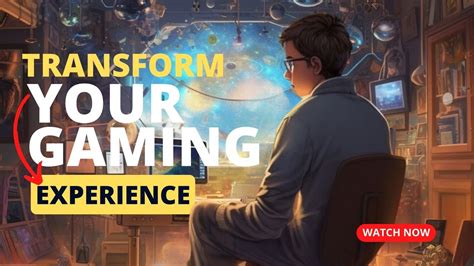In the realm of game design, the buzz around Large Language Models (LLMs) has sparked intriguing conversations about the future of player-driven storytelling. Comments from users highlight the excitement around integrating LLMs with Non-Playable Characters (NPCs) to enhance background narratives and character interactions. The idea of generating traits, backstories, and dynamic narratives through player actions opens up new possibilities for game developers. The concept of LLMs shaping NPCs based on player engagements could lead to a richer, more immersive gaming experience.
One compelling vision shared by users is the subscription-based open world concept, where player interactions shape the persistent narrative and lore of the game. This dynamic narrative generation model, akin to collective world-building in games like Minecraft, emphasizes the potential for LLM-driven emergent gameplay. The notion of compounding depth in the game world as more players interact showcases the evolving landscape of player experiences and storytelling in games.
However, amidst the enthusiasm, concerns about generic dialogue and narrative quality surface in the comments. Some users express apprehension towards the potential for mundane or generic interactions in games powered by LLMs. The debate between linear storytelling aficionados and proponents of player agency underscores the delicate balance between structured narratives and player freedom. The challenge lies in leveraging LLMs to create diverse, engaging dialogues that feel authentic and meaningful without sacrificing narrative coherence.
Another aspect brought to light by user comments is the need for grounded character interactions and vibrant dialogue in AI-driven narratives. While LLMs excel at maintaining a cohesive plot while allowing for nonlinear storytelling, the key lies in character depth and dialogue richness. Users emphasize the importance of infusing AI-generated dialogues with personality, motivations, and vivid speech patterns to enhance player immersion and narrative authenticity.
The discourse expands to practical applications of LLMs in game development, with comments mentioning experimental projects like ‘Choose your own adventure with AI NPCs.’ These initiatives explore the nuances of using LLMs to create dynamic storylines, maintain player engagement, and deliver diverse dialogue options. The intersection of AI technology and interactive storytelling opens the door to innovative approaches in game narrative design.
Moreover, the dialogue delves into the technical challenges and ethical considerations surrounding AI in games. Users ponder the implications of AI-generated content on player experiences, game balance, and narrative coherence. The dialogue between controlled player options and open-ended AI interactions delves into the complexities of designing engaging gameplay with LLM-driven narratives.
As game developers navigate the evolving landscape of AI in gaming, the integration of LLMs for dynamic storytelling holds both promise and challenges. Balancing player agency, narrative coherence, and diverse interactions requires a nuanced approach to leveraging AI technology in game design. The ongoing dialogue among users reflects a blend of optimism, creative exploration, and critical evaluation of the potential impact of LLMs on reshaping the future of game narratives.
In conclusion, the intersection of player-driven emergence and AI-powered narratives in games promises to revolutionize storytelling experiences for gamers. Embracing the evolving capabilities of LLMs to create dynamic, immersive game worlds while addressing concerns around narrative depth and player engagement will be key to unlocking the full potential of AI in shaping the future of interactive storytelling.


Leave a Reply